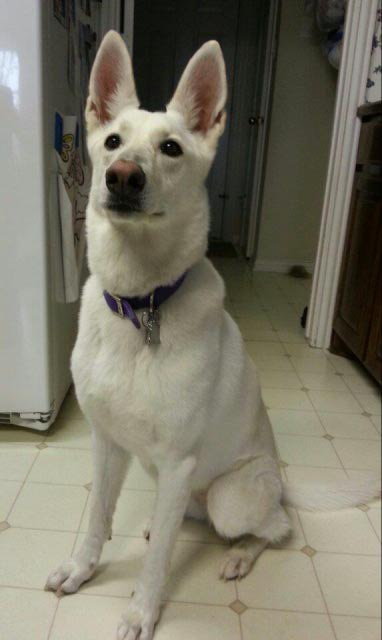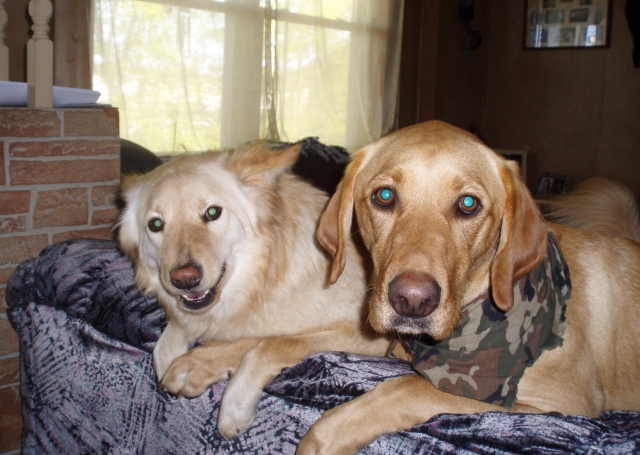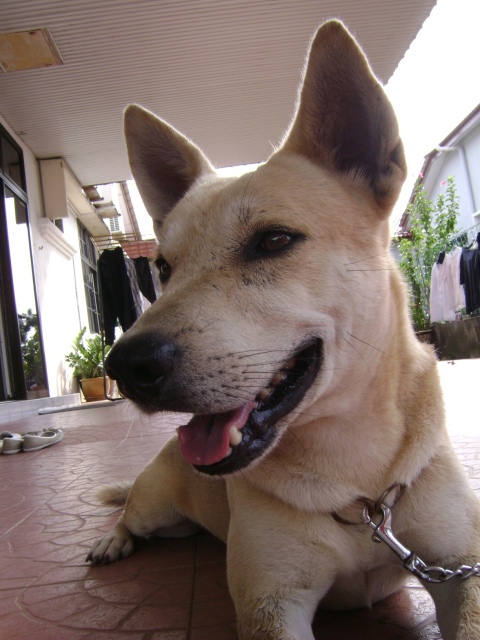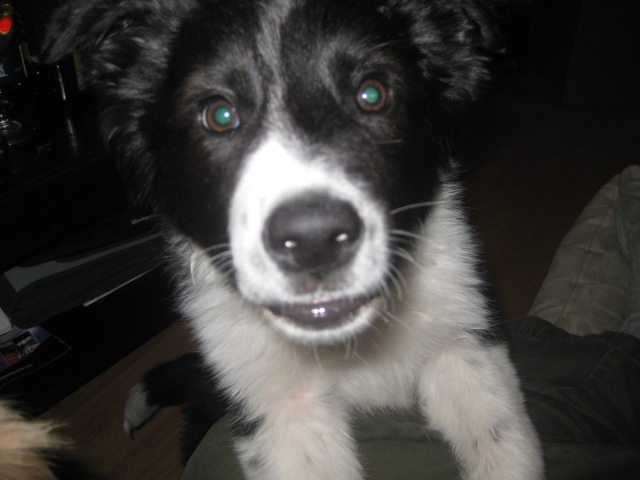QuestionHi there,
I have a seven month old female Shetland Sheepdog pup. She was spayed last month, is incredibly intelligent and usually very well-behaved and eager to please.
We understood that the Shetland Sheepdog breed can be a reserved one, and so we've tried to constantly socialize her with other dogs and people, with varying levels of success.
This dog is very loving, gentle and attached to us. She loves being around me and my partner, follows us around, wants to be part of things. She is affectionate and playful, has been a joy to train and is a great little companion.
The problem arises whenever someone comes onto our property, into our house, or speaks to us on the street. She will begin barking frantically whenever this happens. When friends or family visit, she barks uncontrollably, and when we do finally get her to calm down, she is unfriendly and suspicious, barely going close enough to sniff the newcomers. People have commented that she is the least friendly dog they have met - a shame, because when she is with the few of us she is comfortable with, she is sweet and calm. I worry that if this doesn't get solved, it might escalate into nipping - if someone "corners" her (tries to get too close, etc), she shows her teeth. It's very discouraging.
The only "outsider" she is comfortable with is my sister, who spent a great deal of time with her in the first few months and is the only person outside of the home the dog is excited to see and comfortable to be around.
Often on walks she is very timid around other dogs, will play shyly after she gets comfortable but does not like aggressively friendly approaches or outgoing play. She will bark and growl. If we stop to chat with someone on the street, she will bark frantically at the person.
Is there any method you can recommend to halt or lessen the barking? I'm fine with a few "alert" barks, but she will not stop. We have tried collar correction, pinning her to the floor, using the same command and "shhhh" sound, but she continues.
The dog sleeps in her crate overnight away from us and is left alone for short periods during the day and does not bark at these times. We have an older cat who the dog absolutely loves and is gentle and friendly with. They are friends. We don't spoil her by allowing her on the bed and have tried to accustom her to lengths of time by herself from a young age to prevent separation anxiety later.Could this be a case of her trying to be protective of us?
Any tips or insight would be great!
AnswerThis is a herding breed and protective of its herd - you and the family. She feels anyone else is an unwanted intruder. This is part of the breeding. To teach the dog otherwise, you need to introduce one person or another dog at a comfortable distance. When your dog begins to take notice, get the dogs attention and then reward it for NOT paying attention to the other person or dog. There is a video at 3pawsu.com called Calming Signals. This is a Swedish trainer that shows how to deal with shy dogs and barking. Trainers generally call it desensitization and requires a professional dog trainer to work with the dog in various environments. The TV series Dogtown had several episodes with dogs with this issue. Your other efforts do not address the dogs emotional state and will not solve the problem. Just as we train dogs by rewarding them when the act as desired, we also train dogs by rewarding them when they do not act (respond) to external stimuli.
You need to focus the dogs attention on something it likes and not let it get focused on the other dog or person. When heeling, this means abrupt change in direction. When focusing on sit stay come exercises it means keeping the dogs attention so it does not mentally tune out and then wander off. This is done with voice, treat or toy.
At 7 months of age the dog should be in obedience class where this behavior can be corrected along with dog and owner learning the communications needed.
Regards,
Henry Ruhwiedel
www.dogkennel.org

 bladder issues in rescue pups
Question
collie-shepherd pups
We have had two rescued s
bladder issues in rescue pups
Question
collie-shepherd pups
We have had two rescued s
 White German Shepherd Aggression
Question
Chloe
A little background on my dog Chl
White German Shepherd Aggression
Question
Chloe
A little background on my dog Chl
 Snapping/Snarling problem
Question
Gypsy and George
We have an 18 month old pure
Snapping/Snarling problem
Question
Gypsy and George
We have an 18 month old pure
 how to train a dog?
Questiondog
QUESTION: hi,I want to ask you,how t
how to train a dog?
Questiondog
QUESTION: hi,I want to ask you,how t
 Border collie help
Question
Miaya
Hi
We have a 16 week old border collie.
Border collie help
Question
Miaya
Hi
We have a 16 week old border collie.